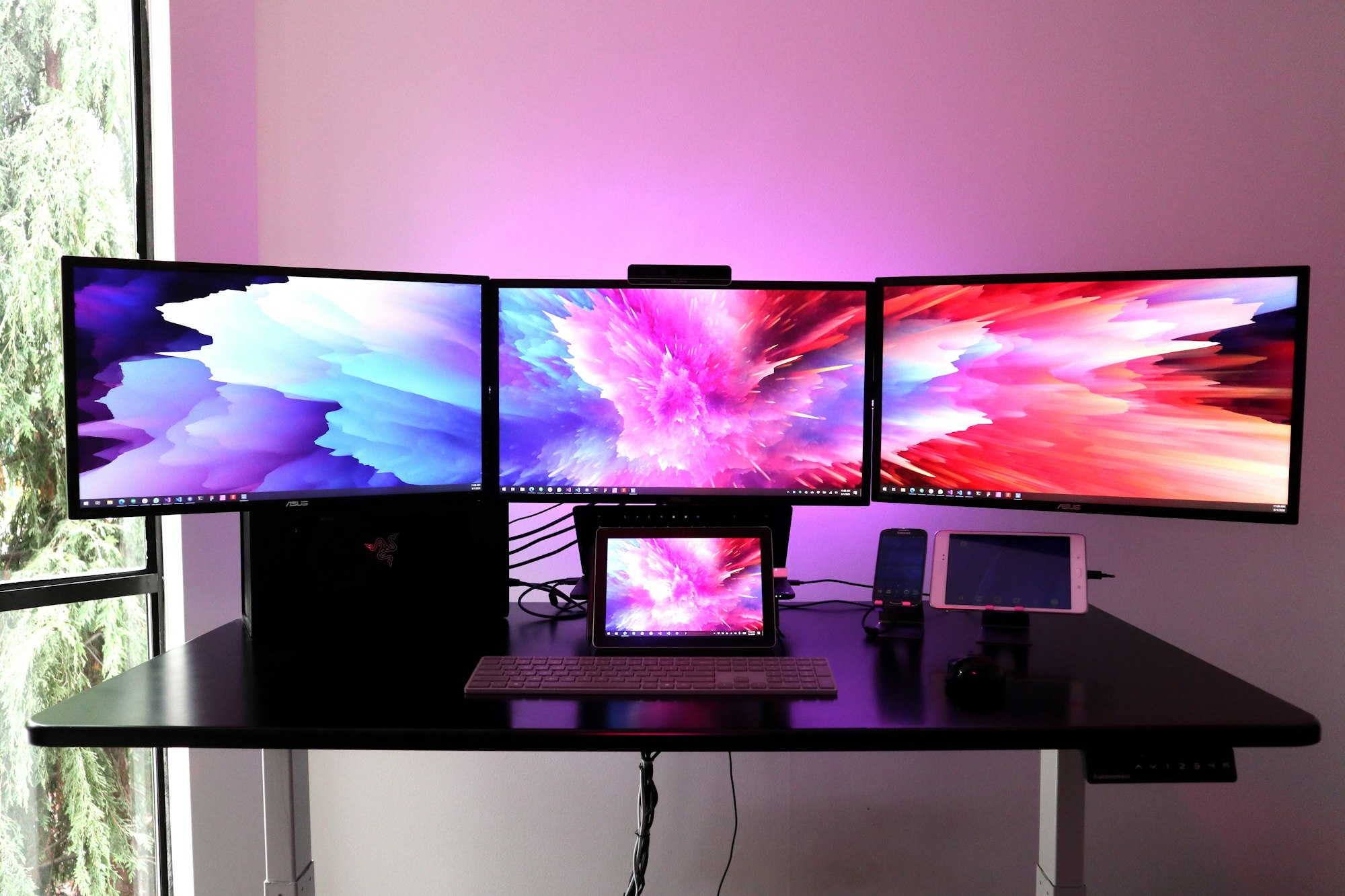What does 4k means in tv?

As television technology continues to evolve, more and more consumers are looking for ways to get the best possible picture quality for their money. One of the latest buzzwords in the TV world is "4K," but what does it actually mean? In this article, we'll take a look at what 4K is, how it works, and what its benefits and drawbacks are.
What is 4K?
4K, also known as Ultra HD, refers to a resolution of 3,840 x 2,160 pixels. That's four times the number of pixels as a standard 1080p HDTV, and twice the number of pixels as a 4K TV. This increase in pixel count results in a much sharper image, with more detail and clarity.
The history of 4K
The term "4K" was first used in the consumer market in 2011, when Sony released its first 4K TV. However, the concept of 4K has been around for much longer than that. In fact, the first 4K digital cinema projector was released way back in 2002.
How 4K works
4K TVs work by displaying images with a higher resolution than HDTVs. To do this, they use a process called upscaling. Upscaling is a process of converting lower resolution images into a higher resolution. This allows 4K TVs to take standard 1080p HD content and display it at a 4K resolution.
The benefits of 4K
There are several benefits to 4K TVs. The most obvious is the increased resolution, which results in a sharper, more detailed image. 4K TVs also have a wider color gamut than HDTVs, meaning they can display a wider range of colors. They also have a higher dynamic range, which means they can display a greater range of brightness levels.
The drawbacks of 4K
There are also some drawbacks to 4K TVs. One is that they can be expensive. 4K TVs also require more power than HDTVs, so they tend to be more energy-efficient. Additionally, 4K TVs can suffer from a phenomenon called "motion blur," where fast-moving objects appear to blur on the screen.
4K vs. 1080p
So, how does 4K compare to 1080p? Well, 1080p is the standard resolution for HDTVs, and it's what most people are used to seeing. 4K is four times the resolution of 1080p, so it's a significant upgrade. However, it's important to note that most people won't be able to see the difference between 1080p and 4K unless they're sitting very close to the TV.
4K vs. 8K
8K is the next step up from 4K, and it's even higher resolution. 8K TVs have a resolution of 7680 x 4320, which is four times the resolution of 4K. 8K TVs are just starting to come on the market, and they're very expensive. Additionally, there's not a lot of 8K content available yet, so it's not really worth the investment for most people.
The future of 4K
4K is the current top-of-the-line resolution, but it's likely that it won't be the best for long. 8K is already starting to become available, and it's likely that it will eventually become the new standard. Additionally, there are rumors of a new technology called "Super Hi-Vision," which has a resolution of 7680 x 4320, which is 16 times the resolution of 1080p.
Conclusion
4K is the latest buzzword in the TV world, and it's a significant upgrade from 1080p. 4K TVs have a resolution of 3,840 x 2,160, which is four times the resolution of 1080p. 4K TVs also have a wider color gamut, a higher dynamic range, and they can upscaled lower resolution images. However, 4K TVs can be expensive, and they may suffer from motion blur.